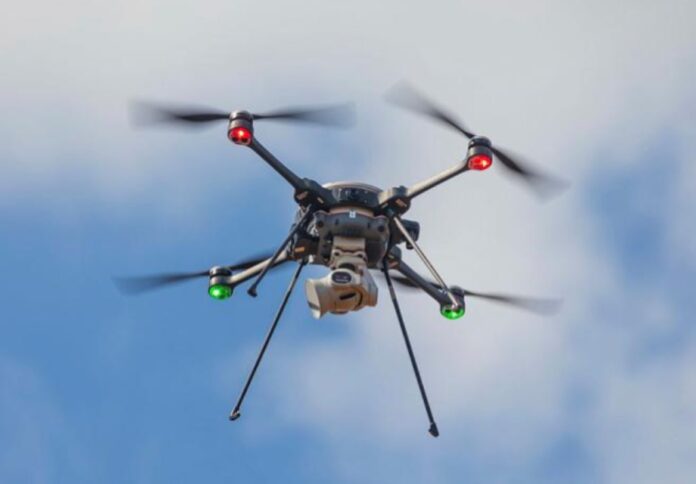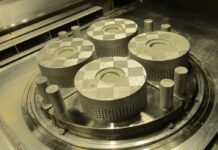
The delivery of ammunition and rations through the use of drones could become a reality within the next few years after innovation contracts were awarded to the Department of Defence in a push to develop tactical logistics uncrewed aerial systems (UAS).
These contracts, granted in August following successful pitches at Army Innovation Day 2022, are poised to transform the way essential supplies reach soldiers in the field, the department said in a news release.
Jabriu Aircraft, a standout contender in the medium-lift category, has designed a coaxial quadcopter with the ambition to lift and transport a 50kg load within an Army trunk.
The innovative design features two large coaxial rotors for lift, complemented by four smaller side rotors for maneuvering, all powered by a four-cylinder petrol engine.
Michael Halloran, the executive director of Jabriu Aircraft, expressed his optimism about the project, stating that the quadcopter would be capable of carrying a trunk up to 150 kilometers before safely delivering it.
Halloran pointed out the versatility of the design, emphasising that it could prioritise payload or range depending on the mission’s requirements.
The ultimate goal for Jabriu Aircraft is to make this technology cost-effective enough for mass production, with the potential for the quadcopters to operate autonomously, following pre-programmed waypoints set by an operator.
The company said it has already completed successful proof-of-concept flights and expects to have a full-size prototype ready by the end of the next year.
In the heavy lift category, Geodrones has developed a hybrid-powered coaxial UAS that weighs around 3 tons and boasts the capability to lift up to 1000kg.
In particular, the design aims to streamline the transportation of heavy loads between military units or from ship to shore.
The UAS utilises a radial engine for a range of up to 300 kilometres, but it can seamlessly switch to electric propulsion for silent and efficient descent.
Geodrones CEO Glenn Alcock underscored the significance of this feature, stating that it allows the UAS to approach its destination silently, reducing the risk of detection.
A demonstration with the Army is expected within the next 18 months, following the completion of the concept design.
Crystalaid, another contender in the heavy lift category, has developed an eight-rotor, turbine-powered UAS with a planned lift capacity exceeding 800kg.
Notable for its redundant systems, this UAS can sustain damage and continue to operate even after losing critical components, including rotors.
Ross McKinnon, the director of Crystalaid, explained that the UAS’s unique design maintains a stable, flat trajectory during transport, contributing to its operational effectiveness.
“When you’re moving casualties or containers you don’t want it tilting all the time. Moving in a flat plane helps operationally in some situations,” McKinnon said.
A smaller demonstration model is anticipated within the next 15 months, and discussions are underway to potentially make the craft fully autonomous.
Over the next two years, the Army said they will collaborate closely with each of these companies to further develop and mature logistic UAS technologies, with the goal of delivering combat supplies to soldiers in challenging terrain or high-risk environments.
Crystalaid and Jabriu will showcase their technologies to the defence sector in late 2024, while Geodrones is set to demonstrate their UAS in early 2025.



















